SNIS177B March 2013 – September 2015
PRODUCTION DATA.
8 Application and Implementation
NOTE
Information in the following applications sections is not part of the TI component specification, and TI does not warrant its accuracy or completeness. TI’s customers are responsible for determining suitability of components for their purposes. Customers should validate and test their design implementation to confirm system functionality.
8.1 Application Information
The LMT90 has a wide supply range and a 10 mV/°C output slope with a 500-mV DC offset at 25 °C. Therefore, it can easily be applied in many temperature-sensing applications where a single supply is required for positive and negative temperatures.
8.1.1 Capacitive Loads
The LMT90 handles capacitive loading very well. Without any special precautions, the LMT90 can drive any capacitive load. The LMT90 has a nominal 2-kΩ output impedance (as can be seen in the Functional Block Diagram). The temperature coefficient of the output resistors is around 1300 ppm/°C. Taking into account this temperature coefficient and the initial tolerance of the resistors the output impedance of the LMT90 will not exceed 4 kΩ. In an extremely noisy environment it may be necessary to add some filtering to minimize noise pickup. TI recommends that 0.1 μF be added from VIN to GND to bypass the power supply voltage, as shown in Figure 13. In a noisy environment, it may be necessary to add a capacitor from the output to ground. A 1-μF output capacitor with the 4-kΩ output impedance will form a 40-Hz lowpass filter. Because the thermal time constant of the LMT90 is much slower than the 25-ms time constant formed by the RC, the overall response time of the LMT90 will not be significantly affected. For much larger capacitors this additional time lag will increase the overall response time of the LMT90.
 Figure 12. LMT90 No Decoupling Required for Capacitive Load
Figure 12. LMT90 No Decoupling Required for Capacitive Load
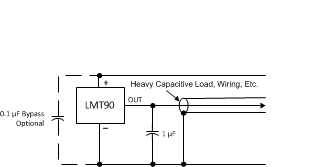 Figure 13. LMT90 With Filter for Noisy Environment
Figure 13. LMT90 With Filter for Noisy Environment
8.2 Typical Application
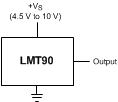 Figure 14. Full-Range Centigrade Temperature Sensor (−40°C to 125°C)
Figure 14. Full-Range Centigrade Temperature Sensor (−40°C to 125°C)
8.2.1 Design Requirements
For this design example, use the following design parameters in Table 1.
Table 1. Design Parameters
| PARAMETER | VALUE | UNIT |
|---|---|---|
| Accuracy at 25°C | ±3.0 (maximum) | °C |
| Accuracy Over –40°C to 125°C | ±4.0 (maximum) | °C |
| Temperature slope | 10 | mV/°C |
| Power Supply Voltage Range | 4.5 to 10 | V |
| Output Impedance | 4 (maximum) | kΩ |
8.2.2 Detailed Design Procedure
The LMT90 is a simple temperature sensor that provides an analog output. Therefore design requirements related to layout out weigh other requirements in importance, refer to Layout for a detailed description.
8.2.3 Application Curve
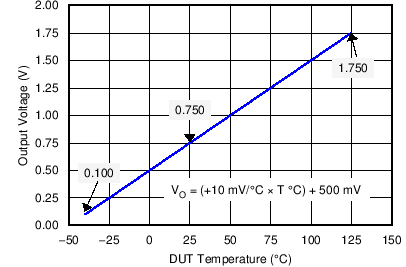 Figure 15. Plot of Output Transfer Function
Figure 15. Plot of Output Transfer Function
8.3 System Examples
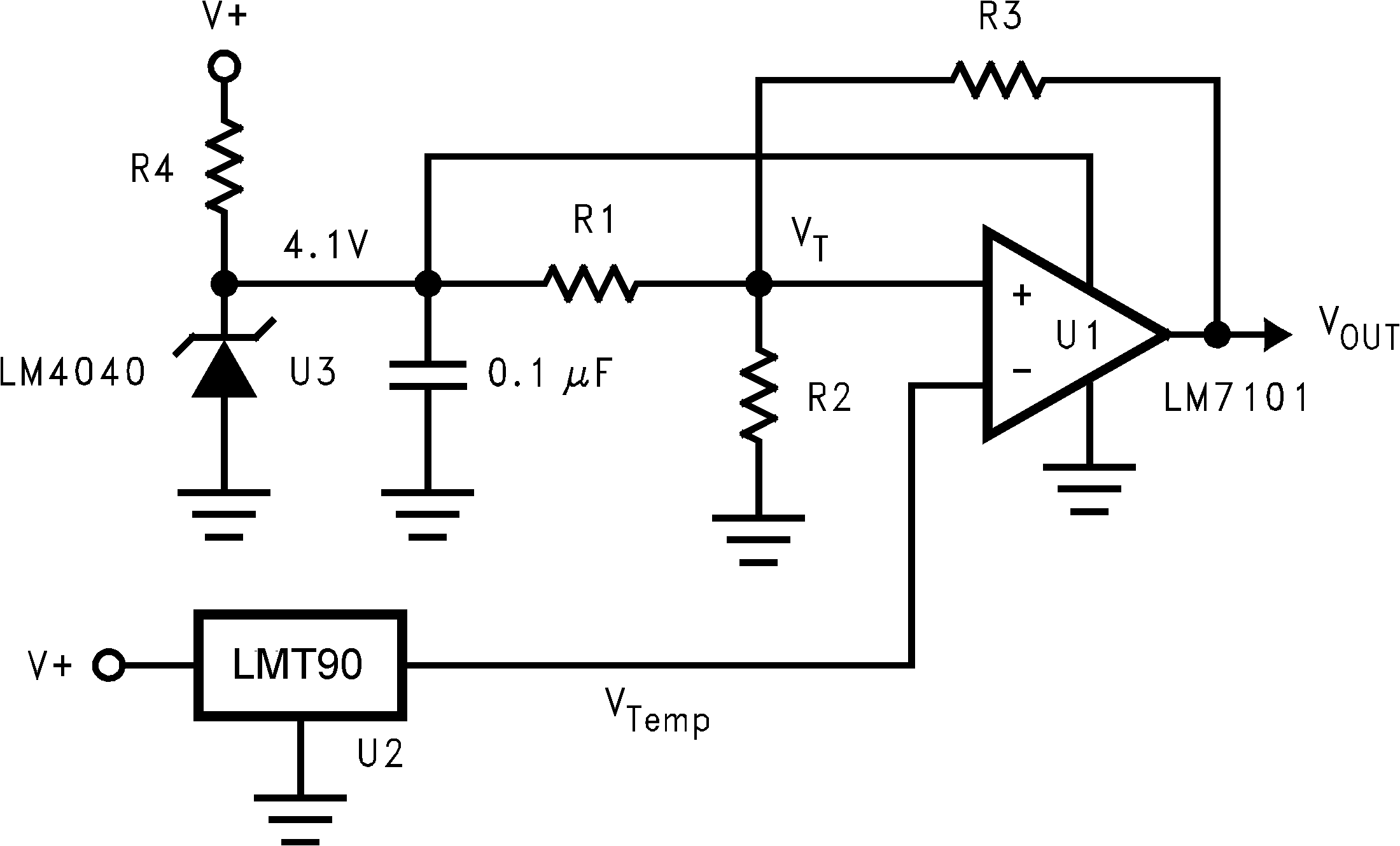 Figure 16. Centigrade Thermostat / Fan Controller
Figure 16. Centigrade Thermostat / Fan Controller
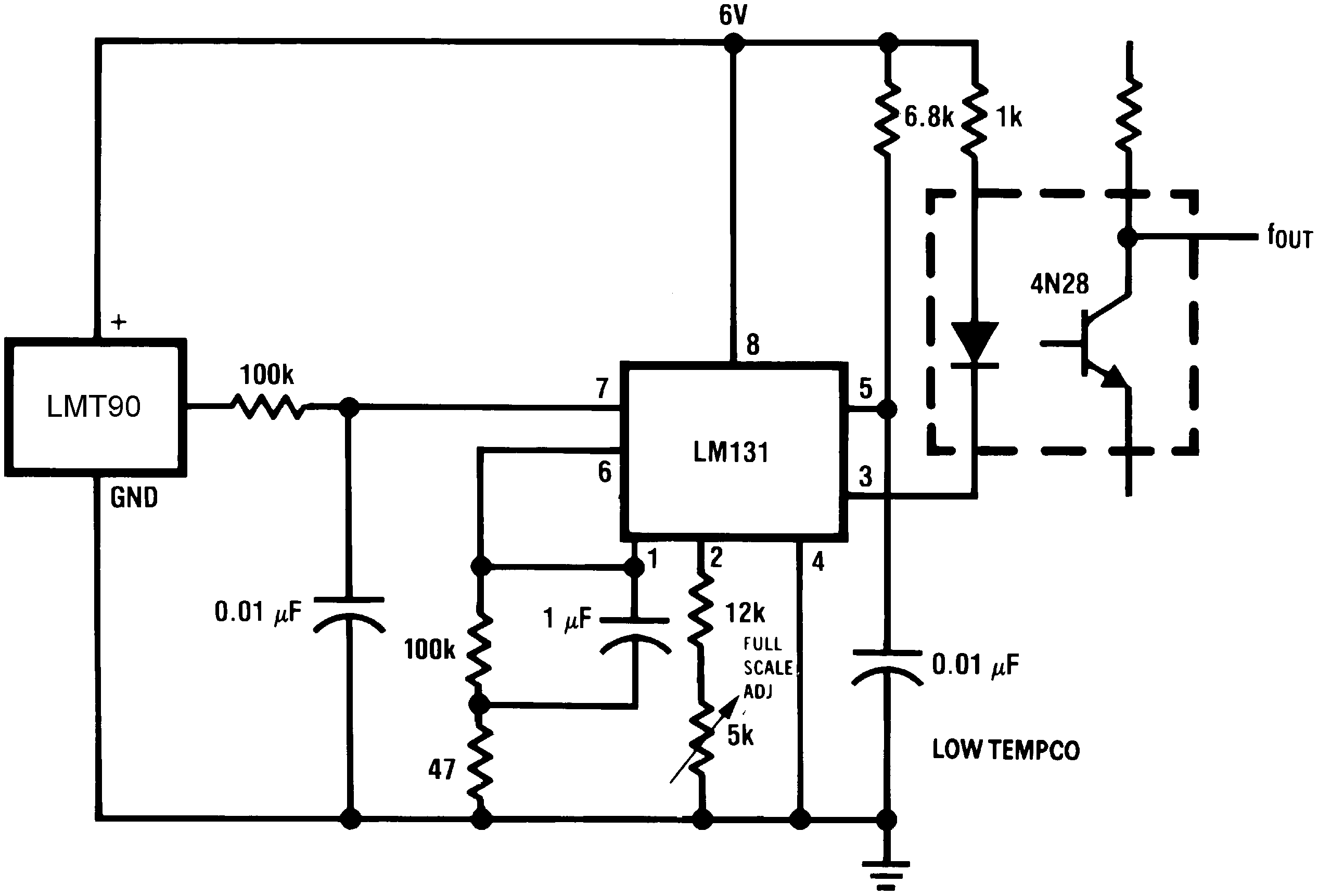 Figure 18. LMT90 With Voltage-To-Frequency Converter and Isolated Output
Figure 18. LMT90 With Voltage-To-Frequency Converter and Isolated Output(−40°C to 125°C; 100 Hz to 1750 Hz)
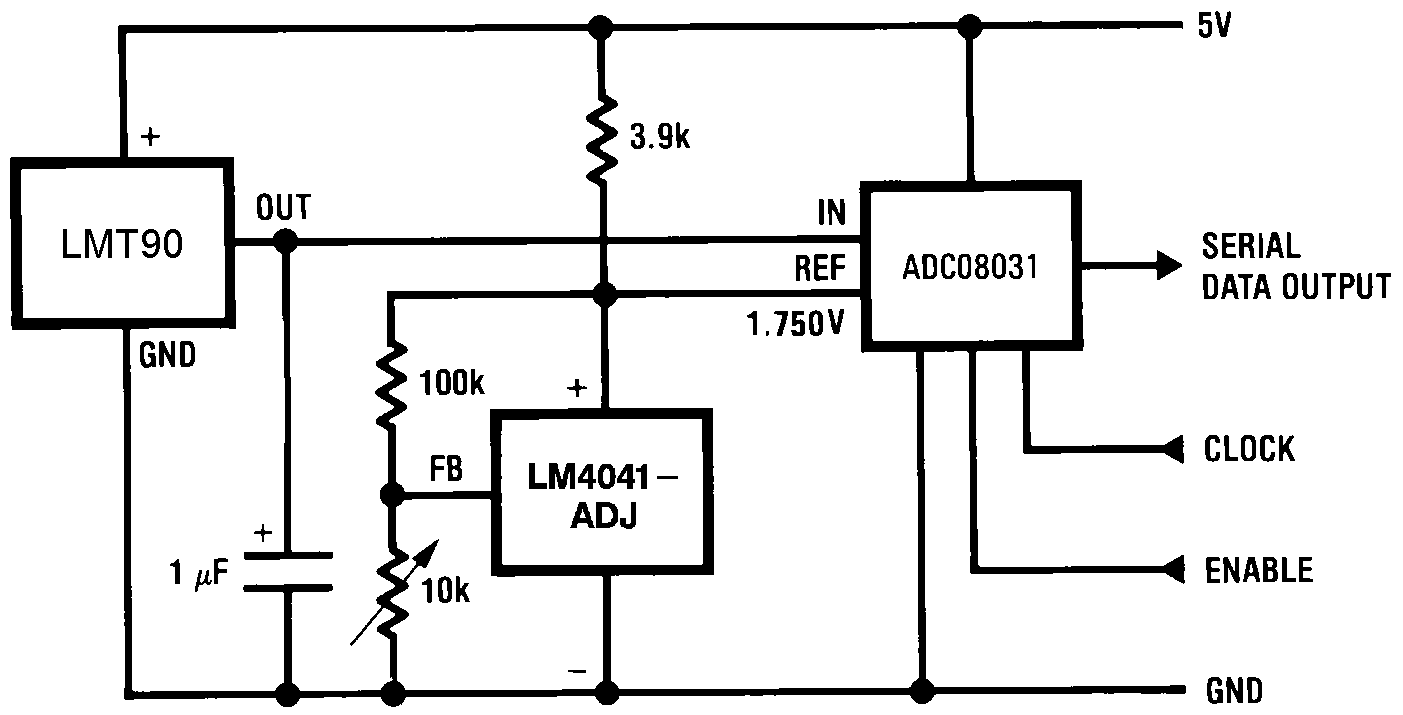 Figure 17. Temperature to Digital Converter (Serial Output) (125°C Full Scale)
Figure 17. Temperature to Digital Converter (Serial Output) (125°C Full Scale)